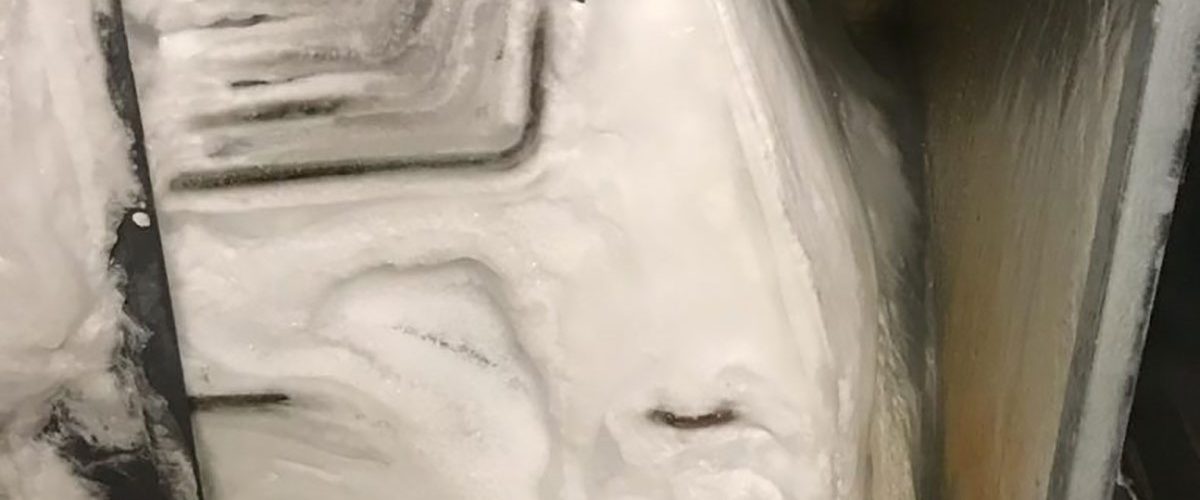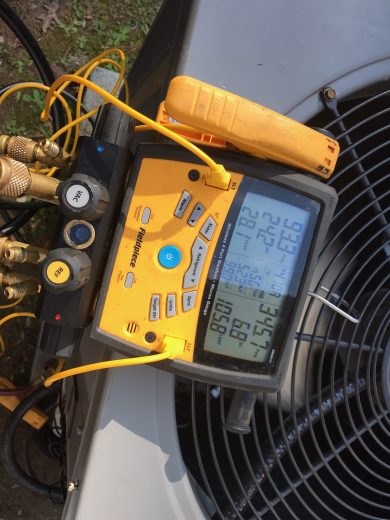
HOW DO YOU KNOW IF YOU HAVE ONE AND HOW DO YOU FIND A LEAK?
An air conditioning or heat pump system is sealed. IT SHOULD NEVER BE LOW ON REFRIGERANT (FREON) UNLESS IT HAS A LEAK.
Here are some ways we can locate leaks:
- Visual inspection for traces of oil leaking with the refrigerant.
- Using a high viscosity bubble leak detector solution on joint and connection.
- A halide (flame color change) leak detection tool.
- Electronic leak detector instruments.
- An injection of fluorescent dye and special light detection method.
- Best way is nitrogen, High Pressure.
HOW DOES IT HAPPEN?
Some of the possible causes are:
- Unit vibration over a period of time.
- Abuse or damage from outside sources.
- Copper/aluminum stress fractures due to age and /or vibrations.
- Service valves become worn over time.
WHY SHOULD I HAVE A LEAK LOCATED AND REPAIRED?
- The system operates less efficiently with more power consumption when only ounces low on refrigerant.
- Compressor life is shortened. Motor gets less cooling when low on charge.
- Refrigerant and service calls are expensive-AND WILL KEEP LEAKING.
- Acid and contamination damage your compressor, causing premature unit failure.
WHAT DO WE DO IN A REFRIGERANT LEAK REPAIR?
- Remove and properly dispose of (or recondition) contaminated refrigerant, if necessary.
- Mechanically repair the leak with tools or torch.
- Install acid and/or moisture absorbing filter drier(s).
- Thoroughly vacuum the system with a special high vacuum pump to remove all air and moisture.
- Recharge the system with refrigerant and test run.
When severe contamination is present, other procedures can include:
- After a prescribed run time, a pressure drop test across the suction drier is made.
- If there is an excessive pressure drop:
- The refrigerant is again removed.
- The filter driers (or cartridges) are replaced.
A final pressure drop and/or acid test is run after a prescribed run-time